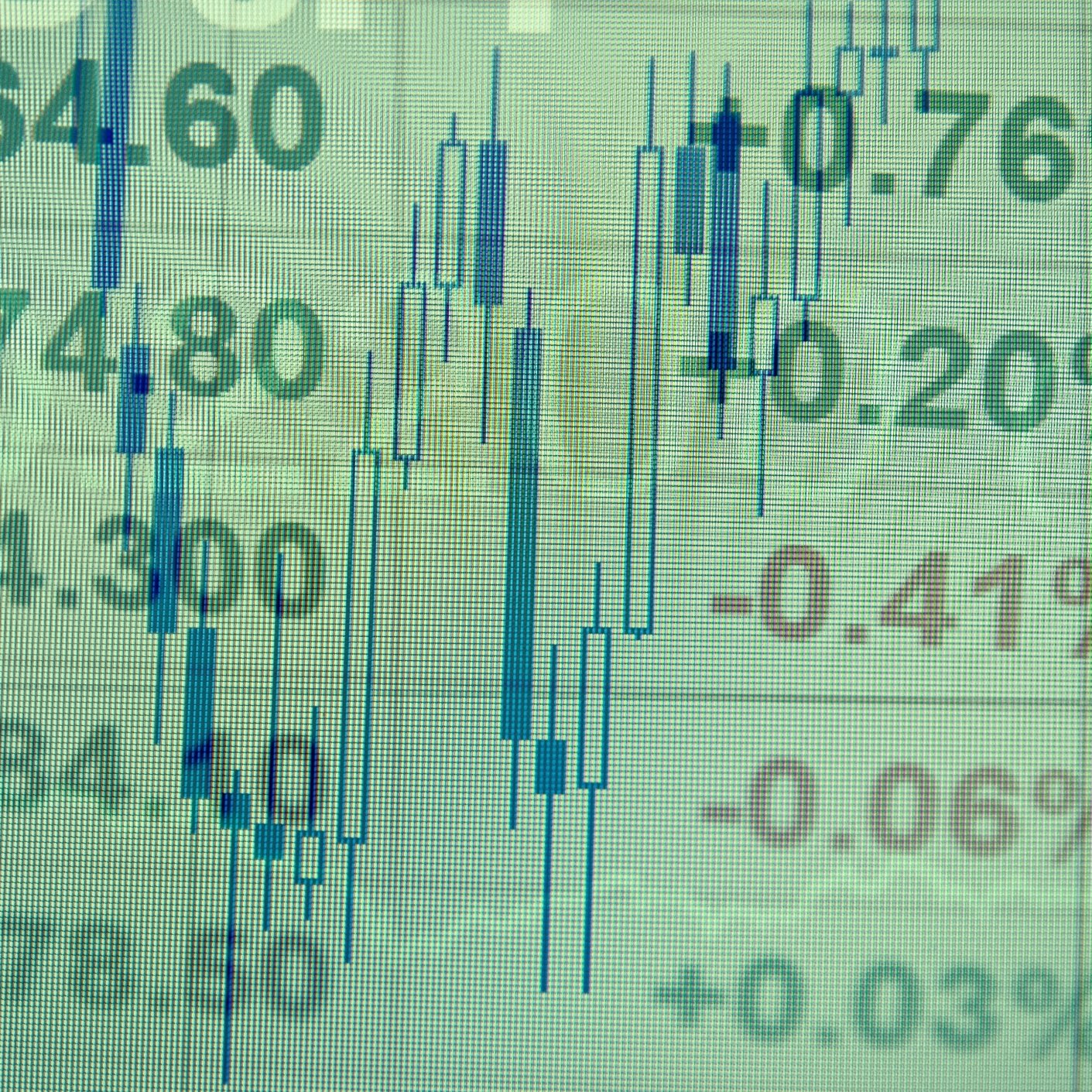Economy
Why a Flattening Yield Curve Means Recession Ahead

Published:
Last Updated:

The yield curve is flattening fast. The spread between 10-year and two-year Treasury yields has shrunk to just over half a point, a level not seen in over a decade. October 9, 2007, was the last time the spread hit the current level of 0.53, within two days of the S&P 500 top of October 11 that year.
While this is not to say that another market top will happen in two days (the yield spread was on its way back up then, not on its way down as it is now) bond markets are still signaling that a top is getting closer. How much closer? The last four times the yield spread went negative, a market top was closely followed by a recession.
This correlation could just be seen as interesting coincidence, but on the other hand there could be a logical reason for it.
If short-term rates are higher than long-term rates, that means it costs more to borrow money short term than it costs to borrow money long term. This does not make intuitive sense. Why would anyone pay more to borrow for a shorter amount of time if you can pay less to have money for longer?
Rather, inverted yield curves are not natural economic phenomena. They are caused by non-market actors interfering in the natural time preferences of people in the economy. When the Federal Reserve, having caused or fearing having caused too much price inflation by inflating the money supply, raises the effective federal funds rate, then much like a ripple that dissipates as it expands, the hike affects the short end of the curve more than the long end.
Since the Federal Reserve does not represent “demand” in the sense that the people at the Fed have no actual use for the money they create and destroy other than manipulating the supply in order to achieve a certain manufactured target interest rate, then we can see that an inverted yield curve does not accurately represent the supply of and demand for money. How actually in demand present money is over future money for actors in the economy becomes unknown, and the economy loses it sense of direction so to speak.
If the prices for money over time do not accurately reflect the supply and demand for money, then the economy’s primary traffic signals for the efficient flow of capital are effectively broken. Like a broken light at an intersection, it creates traffic jams and chaos.
Mechanistically, what ends up happening is that banks are disincentivized to loan money during an inverted yield curve because they have to pay more to borrow it than they can earn lending it out. This slows down the growth of the money supply and in extreme cases can cause it to actually shrink if more debt is liquidated on net over money created.
The combination of economic “traffic jams” due to lack of accurate monetary signals, and a shrinking money supply, together eventually lead to a market top followed by a recession.
Eventually this is reversed by the Fed buying short-term bonds and lowering the short end of the curve again. Whether such a fix will even be possible after the next recession is the big question, considering short-term yields have never been this low absolutely, this close to a negative yield spread.
Are you ready for retirement? Planning for retirement can be overwhelming, that’s why it could be a good idea to speak to a fiduciary financial advisor about your goals today.
Start by taking this retirement quiz right here from SmartAsset that will match you with up to 3 financial advisors that serve your area and beyond in 5 minutes. Smart Asset is now matching over 50,000 people a month.
Click here now to get started.
Thank you for reading! Have some feedback for us?
Contact the 24/7 Wall St. editorial team.